Steve Barcik Amstel, our CEO and founder, has been sharing a video series, the process to get your product from where it is today through certification, CE marking, UL or whichever standard you need to get your product to market. Today our video is about part selection and how this critical aspect of the design process can complicate or simplify the certification process and shape your timeline to market.
Part selection is critical in building a product that is going to be CE marked, UL listed and be used in most institutions across the globe. You really have to select the right parts.
Now there are a lot of nuances to part selection and in this video, Steve hits a few of the highlights and then over the next videos he will continue to build on the things you need to know to get your product certified and to market.
The first thing is to identify what type of circuit breaker you are going to pick. These are very important. You want to pick a UL rated branch protected circuit breaker for your main breaker. Other breakers within your device can be supplementary breakers. And you can see this by looking at the UL part numbers. So for your primary over current protection in your equipment, specifically industrial equipment, you want to use a UL 489 breaker. This is a branch-protected circuit breaker. You are bringing power into the equipment and then you are distributing it around so that you have additional branches and you need to protect that. If you have a very large piece of equipment, downstream of that then Steve would suggest continuing to use branch-protected devices…that UL listed 489 breaker. This is a great way to design your product giving it the robustness and over current protection that you need.
Supplemental breakers include UL 1077 breakers. These are pretty much at the end of a branch where you are only feeding one other device. Let’s only use those in that case. The difficulty that Steve has sometimes is that customers will use a UL 1077, a supplementary breaker as the main over current protective device in their equipment. If they do that, it cannot be UL listed or UL Field labeled typically. That means that they have to go figure out some other kind of solution to get that product passed. Steve and his team can and does provide additional solutions if you have made a design solution to use a lower style breaker like the UL 1077 breaker instead of a UL 489. If you have questions about that be sure to reach out to us.
Now also for your main power inlet over current protection…that circuit breaker or fuse …You want to pick a large enough over current protective device to work with your facilities where you send your product. So if you are sending an industrial product out for say…semiconductor…You want to have at least 10,000amps interrupt capacity. Now if you are using a cord and plugged in piece of equipment you can drop that number to 5,000 amps interrupt capacity. Steve still recommends using that UL branch breaker with 10,000 amps of interrupt capacity.
Now real quick…what that means is that smaller breakers can clear a fault, but if there is a lot of current coming downstream it might not be enough to break that fault and it can arch over and cause a fire. So let’s say…You are in an industrial setting and there is seven or eight or ten thousand amps of available fault current, if you have a fault in your equipment and you can’t clear that 10,000 amps, it may and likely will arch over and cause a fire. That is a problem. This is why you want to go with the large frame, branch protected breakers in your equipment and also the reference the different standards…We are trying to harmonize your equipment across globally so that it can go anywhere. If you plan to sell it in North America, you are definitely going to want that main branch protective breaker.
Now why part selection is so important, just like we talked about that breaker above, is that if you don’t select the right parts… then you can’t get your product certified at the end, you will have a redesign period, you will have to reconfigure your equipment, and you may have to go out into the field and reconfigure equipment that has already been sold….which is a problem. So if High Tech Design Safety can get with you during the design phase, we can help you with your part selection in the beginning and it will be very easy to make the necessary changes on paper. Once we start ordering parts, building parts…it becomes way more difficult.
Typically for industrial equipment, your main power inlet wire size should be no smaller than 14 gauge. And it is true, a very tiny wire can hold up to 10 amps; however, anything under 14 gauge is going to require you to do other specific things with your over current protection and you don’t want to get involved with that. Let’s just go with a minimum of 14 gauge wire. Now there are some other nuances here and we fully understand that… like that your ground wire might have to be 12 gauge if you have a bunch of leakage current… so we will talk about this too in another video.
Another very critical point is that if you are building a piece of equipment and you have safety circuits and safety devices in there…to give an example…Let’s say an interlock to prevent somebody from opening a door and sticking their hand in there and then…pulling out a stub. Yikes! This is a horrible idea and it unfortunately happens. That interlock is there for human safety to keep people from sticking their hand into the machine…that is a safety part and then everything else that goes to that interlock and is involved with that interlock has to be fail safe and safety rated. So a lot of the times you might be tempted when you see that it is much easier and cheaper to select a little reed switch, you know an $8 switch, and that switch may have high reliability and you might be able to get away with it in some cases…. but to get certified you need that safety rated switch and the safety rated relay to operate it.
Now in other cases like using a pressure-sensing device to look for and to prevent an explosion or over pressure event, that device needs to be rated too. It needs to be a safety rated device…And you will do a risk assessment which will get you there and have you understand what rating of part that you need. This is another place where hiring a company like High Tech Design Safety can help you out. However, if you go out and buy a non-safety rated part and try to use it in a safety functional capacity, then we will have to help you go back and re-design the equipment. So let’s design this in… up front.
One other thing that is important for part selection is plastic materials that are used. If you are going to use plastic anywhere in a piece of industrial equipment ,then you will need to be sure that it is UL94 V-0 meaning that it won’t catch fire. We here at HTDS recommend that you don’t use plastic anywhere near or for electrical enclosures or near any ignition sources. If you do use plastic for enclosures and things like that, then we will have to do the impact testing. So hopefully you are seeing how part selection is a very big topic and how it can grow and grow.
Why we feel it is so critical to emphasize the importance of part selection is that a lot of our clients get this right from the start and we have a small group of clients who miss it, or are driven by cost reasons, or this might be the first time they are doing a safety circuit or doing over current protection and it gets very, very difficult. It is disappointing for them to have to go back and do a re-design.
You might be wondering where to start with your part selection and Steve suggests to start by asking yourself some questions:
What is the part really going to do?
Is it a critical part?
Is it in your main power?
Is it in a safety circuit?
Are you going to be operating a conductor at 1000 volts? At 150 C?
Having the answers to these questions will help you start to identify what parts might be necessary and will help you when reaching out to a company like High Tech Design Safety. We can send you documents and help with your part selection during the design phase. Share this video with your team members to get everyone on the design team involved and on the lookout for how part selection impacts the overall certification goal.

